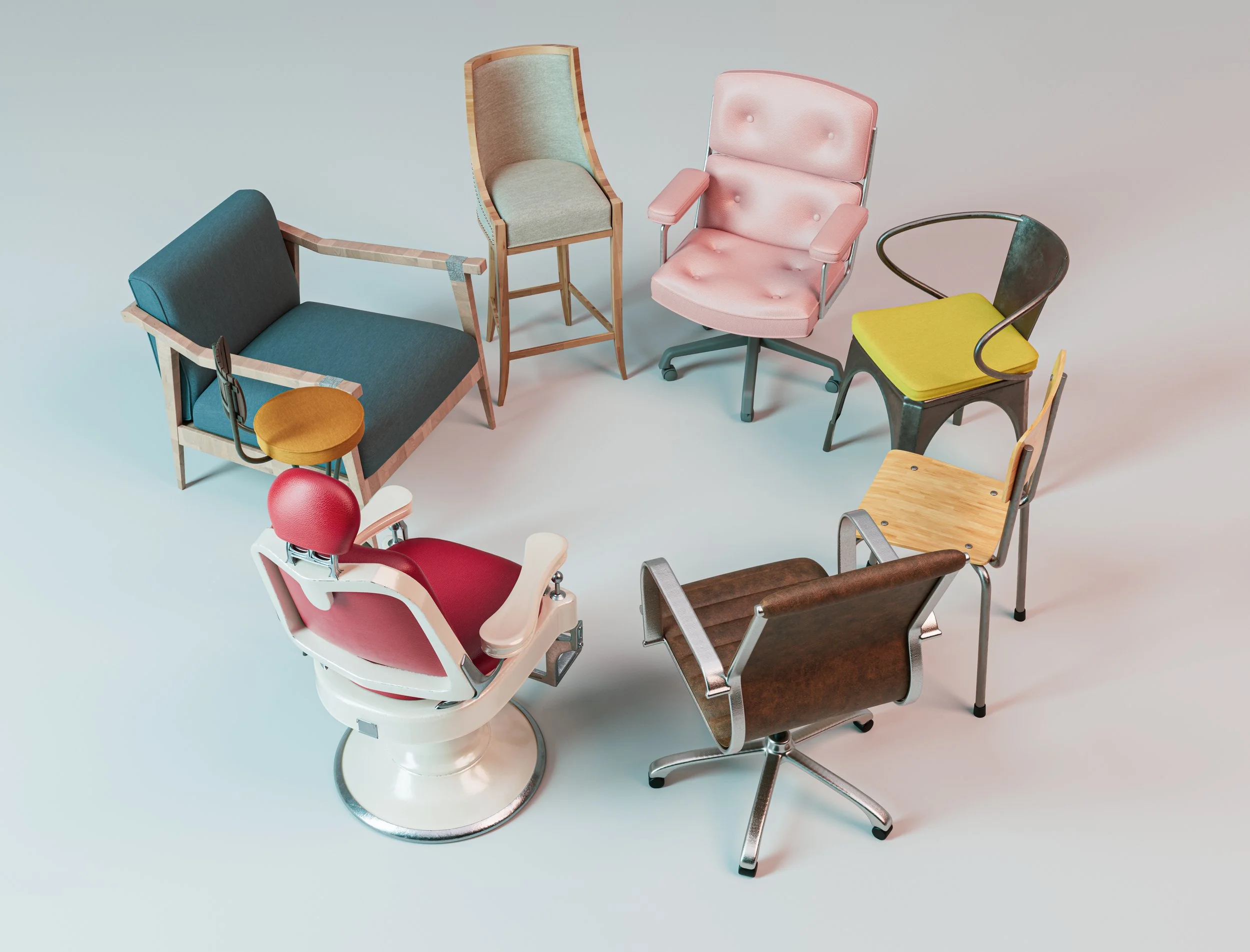Solving for the Lack of Spinny-Chair Collabs
One thing I loved about the days when my team was 100% in-office were the spinny-chair collaboration sessions. It was convenient to have everyone swivel their chairs, usually around a table of snacks, and solve all of our respective problems together. Well, maybe not all, but a lot of them. This was especially useful in bringing new members of the team up to speed and increasing their knowledge base by having access to more veteran members.
The loss of this "circling the wagons" type of collaboration, is something I hear often from those who work in remote and hybrid roles. You miss those quick touch-bases with colleagues. You notice the loss of informal sharing and the tidbits of unwritten company knowledge that in the past were shared in break rooms and over-the-shoulder in unplanned ways.
As a people leader of a remote team, with two seasoned veterans and three brand new team members, I struggled to know how to replicate those spinny-chair collabs. But, just because something is different or seems missing, doesn't mean it's bad or that there isn't a good alternative. It's one of my most core beliefs when it comes to remote work, that these are simply new problems waiting for new solutions to be found.
One way I brought the spirit of spinny-chair sessions to my remote team
I started hosting weekly virtual co-working sessions to bring together my veteran and new team members on screen. Ahead of time, I'd ask each of them to plan to work on a project that would benefit from collegial input. And I'd set the expectations for the call based on the time we had. These co-working meetings always included several Pomodoro sessions punctuated by open discussion and screen sharing of things folks were working on. These conversations often led to sharing everything from discussions about the reasons for style choices, to keyboard shortcuts, as well as context for working well with various cross-departmental partners. Instead of trying to manufacture these conversations in pre-scheduled 1-on-1s, these topics flowed naturally out of the work that they were doing in real time.
Three reasons why it worked so well:
There was a plan -- People can settle in to remote co-working when there is a plan. Hopping on a video call to "just work together for a while" with an undefined set of expectations gets awkward fast. But by setting the "house rules", so to speak, it allows people to get comfortable with the arrangement. In our case, that often looked like half hour blocks of time to work independently, punctuated by 10-15 minutes to come back together to collaborate. We set the expectation that people can have cameras on or off while they’re working independently, but during the team sharing portions we’d all have our cameras on to be present on screen. This worked beautifully for our team, but you can of course arrange the expectations to fit your exact needs.
There was set aside time for exchange of ideas -- It can be challenging to think of the questions you want to ask your teammates on the fly when you’re not in the zone of the thing you’re working on. This is especially the case for new team members who are still learning the ropes. But when you're engaged in the work and are occupied by something tangible, the areas you need input on or have input to share just flow. Knowing we were all going to be moving in and out of the work at the same times, helped foster the exchange of ideas, and the mentorship.
Pomodoros are magic -- I don't know what to say here other than they've been unfathomably effective for me and those I work with. The ability to dig-in and focus for bursts of time helps people get effective fast. Sprinkling in the collaborative conversations helps the time breathe and fosters problem-solving and shared momentum.
It may feel awkward at first to get this off the ground...but if you go in confidently with a plan, people will generally follow and be grateful for the collaborative structure you’ve created.
A Favorite Tool for You...
This is my favorite Pomodoro tool to use with a group. I have only ever used the free version and it works great and that’s met my needs. I simply screen-share when we're in the Pomodoro session so that everyone can see and keep track of the timer, and hear the background noise track if we decide to have one that day. There are so many spaces and rooms to choose from, and we've had a great time choosing where we're going for the day!
Virtual Space Settings & Timer
Author: Annie Liao


